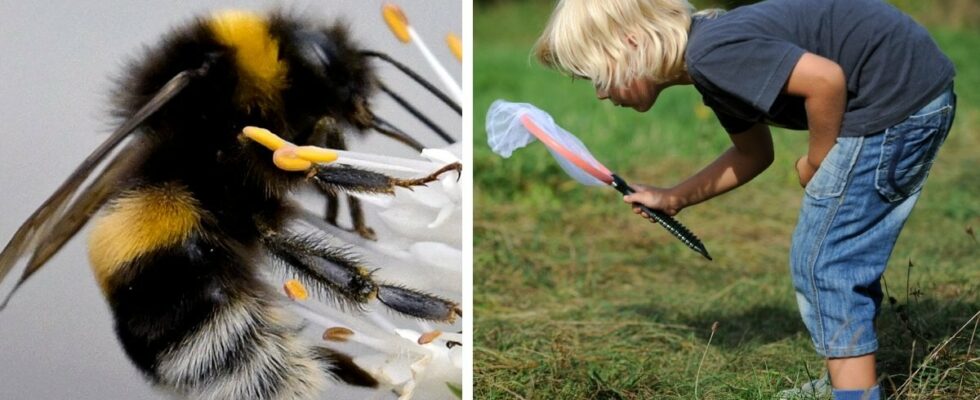The bumblebee species in Sweden are becoming fewer and fewer as a result of toxins in the air and a lack of places to live. The insects may be small in size, but the fact is that their pollination is extremely important to the world’s food supply.
Over 75 percent of the world’s agricultural crops are wholly or partially dependent on insect pollination, according to the Swedish Environmental Protection Agency.
“The economic value of the pollination that bees, bumblebees and other animals do globally is estimated at 235 – 577 billion US dollars every year,” they write on their website.
READ MORE: The mosquito repellent you shouldn’t use this summer: “Illegal to sell”
Photo: Janerik Henriksson/TT100 bee species are red-listed in Sweden
There used to be around 300 species of bees, including the bumble bee. Now 100 of them are red-listed and several have completely disappeared, according to SVT Nyheter.
– There used to be hundreds of bumblebee species that shared the responsibility of pollinating our crops and wild berries in the forest, but now it’s mostly the ground bumblebee that we see, says May Rundlöf who leads a research group specialized in bumblebees, to the channel.
Rundlöf’s project has been able to demonstrate that the human use of pesticides affects the existence of bumblebees – after all, they ingest the same toxins as the pests you want to keep away from the crops.
READ MORE:
Simple trick – so you avoid the wasps during the summer
Here are the super insects that live in the snow: “Can withstand freezing”
This is how you help the bumblebees this summer
For those who want to help the bumblebees, there are actually tricks to use.
Rundlöf lists three of them for SVT:
– Set up bee hives and prepare slightly exposed environments where the ground is bare, quite simply. It creates habitat environments, says Rundlöf.
READ MORE: Simple tricks: How to keep spiders away from your balcony
